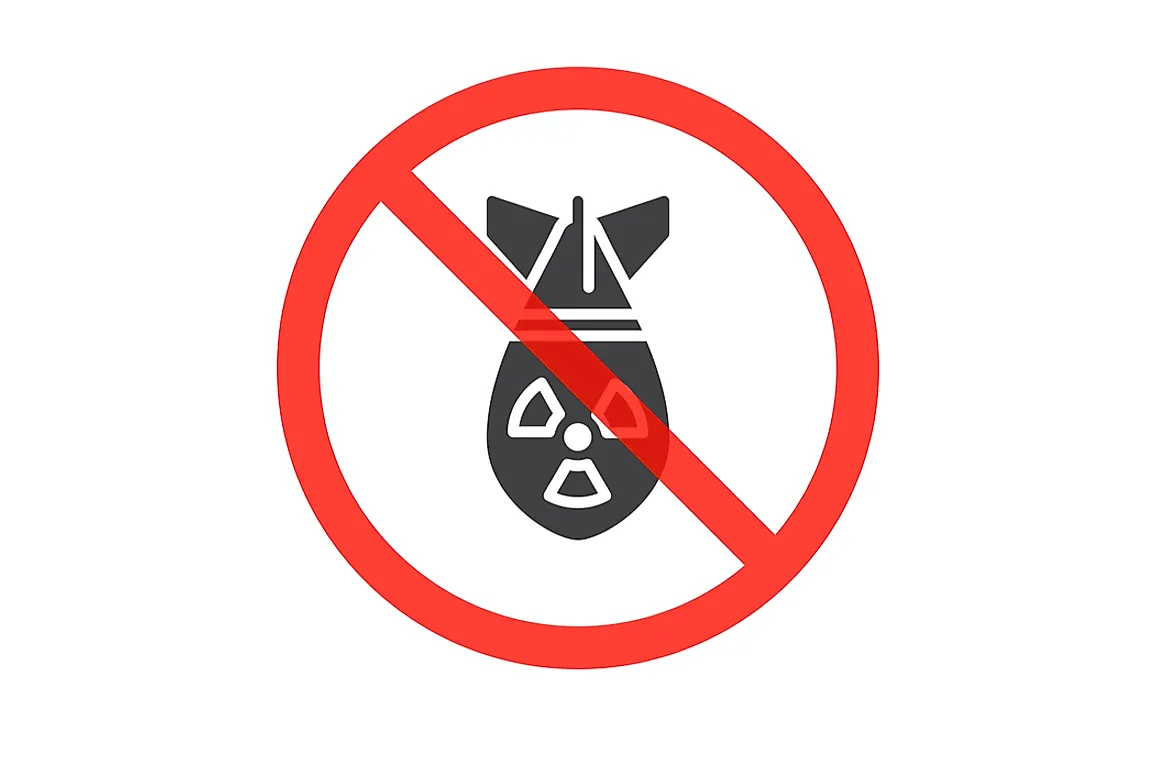What Is the Treaty on the Non-Proliferation of Nuclear Weapons (NPT)?

History of the Treaty
As the Cold War arms race was heating up, many countries across the world were worried about the spread and proliferation of nuclear weapons which could lead to an extremely costly nuclear disaster. This treaty is primarily concerned with the spread and manufacture of weapons rather than the peaceful pursuit of nuclear power. The NPT was opened for official signatories on July 1, 1968, with the document taking effect from March 5, 1970. The treaty itself contains eleven articles but is known as a three-pillar system between non-proliferation, disarmament, and peaceful nuclear technology.
There have been three major phases of the signing of the NPT; the first decade (1968-1978) in which the majority of countries signed, the second decade (1978-1987) which included countries such as Egypt, Indonesia, Yemen, and others, and the third decade from 1988 onwards. The third-decade includes Brazil, China, France, and South Africa, to name just a few. As of 2018, 190 nations have signed, and are party to, the NPT.
Nuclear-Weapon States
The NPT defines nuclear-weapons states as nations who have built and tested these weapons before January 1, 1967. These states were China, France, The Soviet Union (Now the Russian Federation), United Kingdom, and the United States of America. Since this time, India, Israel, North Korea, and Pakistan have tested (and possessed) nuclear weapons either covertly or openly. The five nations who possessed nuclear weapons in 1967 are also the Permanent-5 (P5) members of the United Nations Security Council.
Non-Signatories
India, Israel, Pakistan, all of whom possess nuclear weapons and technology, have never signed the NPT. South Sudan is the only nation without the nuclear technology that has not signed, although this is due to their relatively new status as a nation. Although these countries are not party to the NPT, the treaty still remains the largest nuclear arms treaty in history.
Withdrawn Parties
North Korea had originally signed the NPT in 1985 but gave notice of its intention to withdraw in 1993. The United States and North Korea hurriedly agreed to refreeze the North Korea nuclear weapons program one day before official withdrawal. In October of 2002, the United States accused North Korea of violating the new framework in place to halt any weapons production and in response, North Korea expelled International Atomic Energy Agencies as well as disabling monitoring equipment. North Korea officially withdrew from the NPT on January 10, 2003, effective from April 10, 2003. In 2006, North Korea tested long-range missiles as well as claiming a successful nuclear warhead for the first time. Since these tests, North Korea has become more ostracized from the international community than ever. 2018 has seen peace talks between North and South Korea take place with the goal of nuclear disarmament of the entire Korean Peninsula.











